When we think of nature photography, we often imagine dramatic tiger portraits from Ranthambore, flamingos painting Mumbai’s mudflats pink, or the dazzling flash of a Malabar trogon in the Western Ghats. But behind every great photograph lies an important choice: how to capture the beauty of nature without disturbing it.
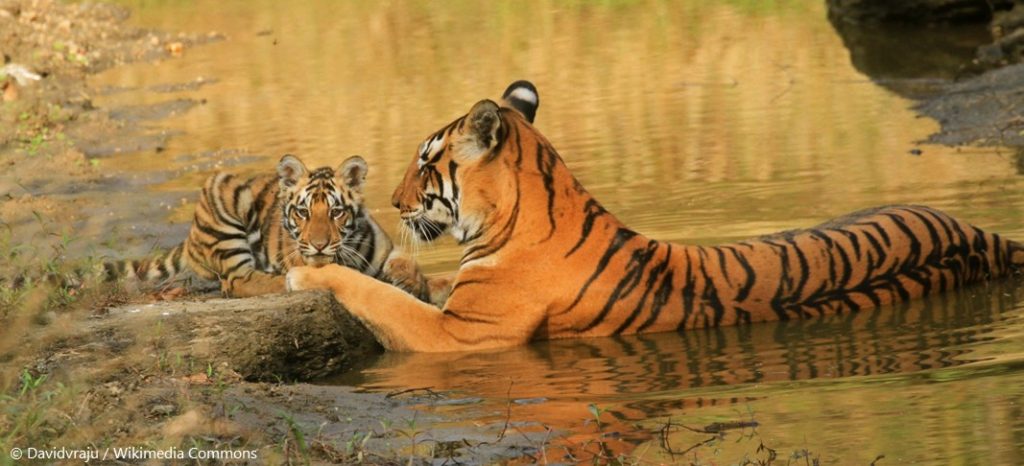
On this World Photography Day, let’s remind ourselves that ethical photography isn’t just about great technique, it’s about respect for the subject. Read on to find out eight tips and tricks to photograph the wild right!
1. Be Curious, Start Small
You don’t need to be in a national park to find nature worth photographing. Look around your own garden, balcony, or local park. Have you ever noticed how dragonflies hover near a puddle after the rain, or how tiny spiders spin delicate webs on your window grills? Great photography begins with observation, whether it’s a tiger in Bandhavgarh or a butterfly in your backyard.
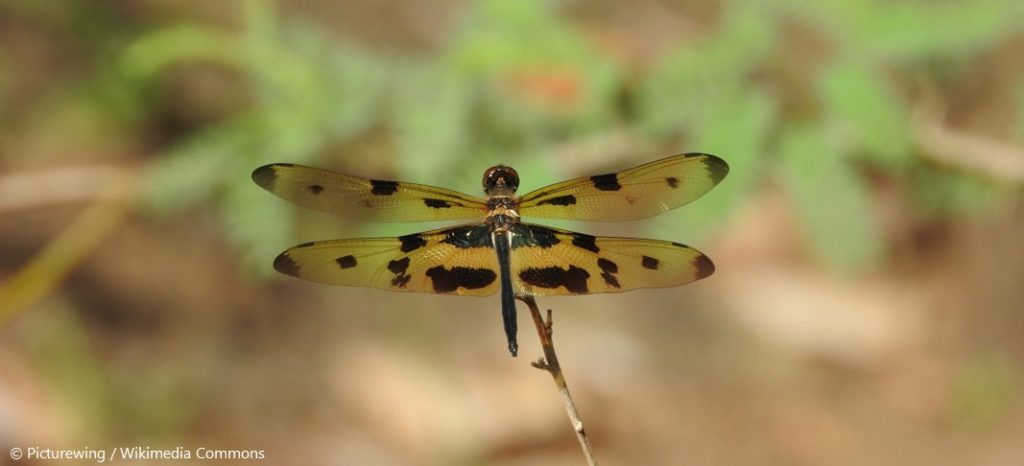
2. Avoid Photographing Young Ones
A young spotted deer fawn in Kanha may look adorable through your lens, but did you know your constant presence could keep its mother from returning? Photographing offspring—whether nestlings, cubs, or fawns—can disturb them and affect their chances of survival. A good rule of thumb: admire from afar, and let them grow safely.
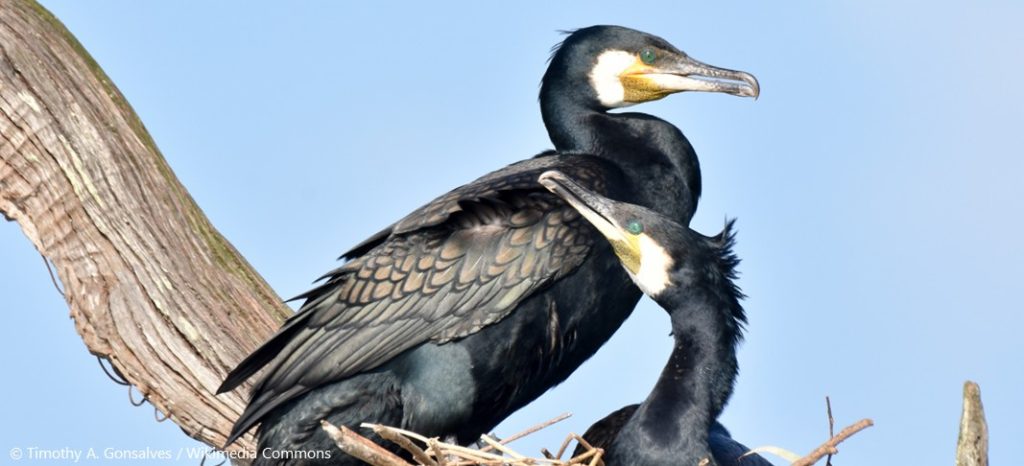
3. Observe, Wait, and Watch
Some of the most iconic wildlife shots come not from luck, but patience. In Bharatpur’s Keoladeo National Park, photographers sometimes sit for hours watching a single stork until it finally takes flight. Observing an animal over time lets you witness fascinating behaviours—like a langur carefully grooming its troop or a hornbill feeding its mate. Wait for the story to unfold, and your picture will be worth the wait.
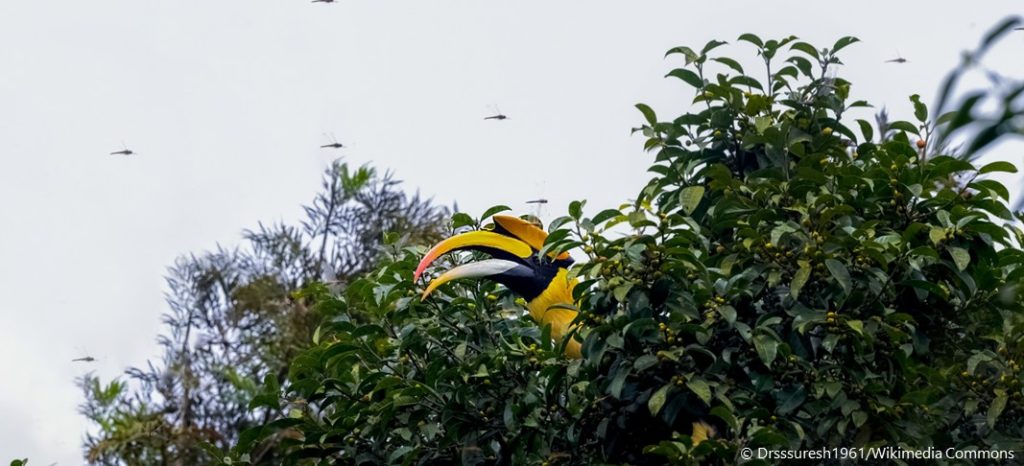
4. Don’t Disturb or Crowd Animals
Imagine being followed all day by a group of strangers with cameras; it would be stressful! The same goes for wild animals. In sanctuaries like Jim Corbett, it’s tempting to follow a tiger through the forest, but this causes unnecessary stress. The best photographs come when animals behave naturally, not when they are cornered or chased.
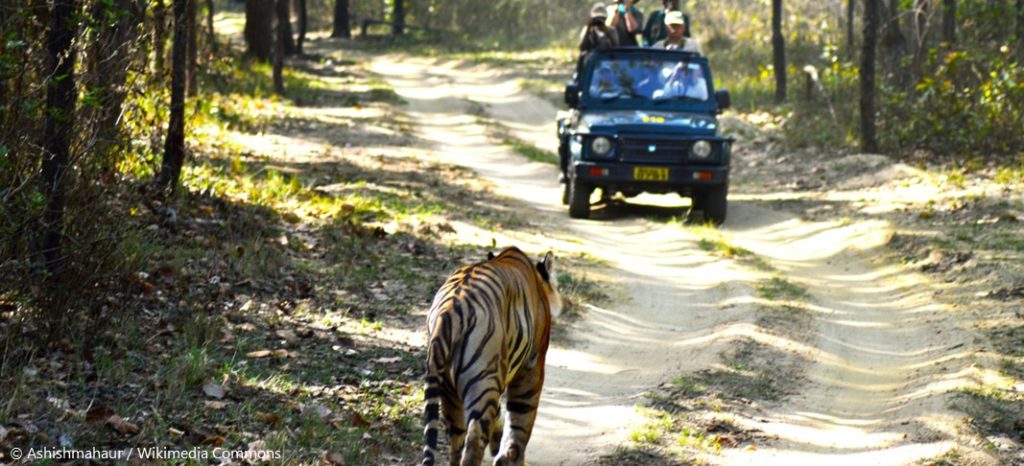
5. Use Distance to Your Advantage
Today’s cameras and smartphones come with excellent zoom capabilities. Use them! Pre-focus your lens and shoot from afar. A leopard lounging in Kabini or a kingfisher diving into a pond looks even more majestic when photographed undisturbed. Remember: the closer you get physically, the more likely you are to scare the animal away.
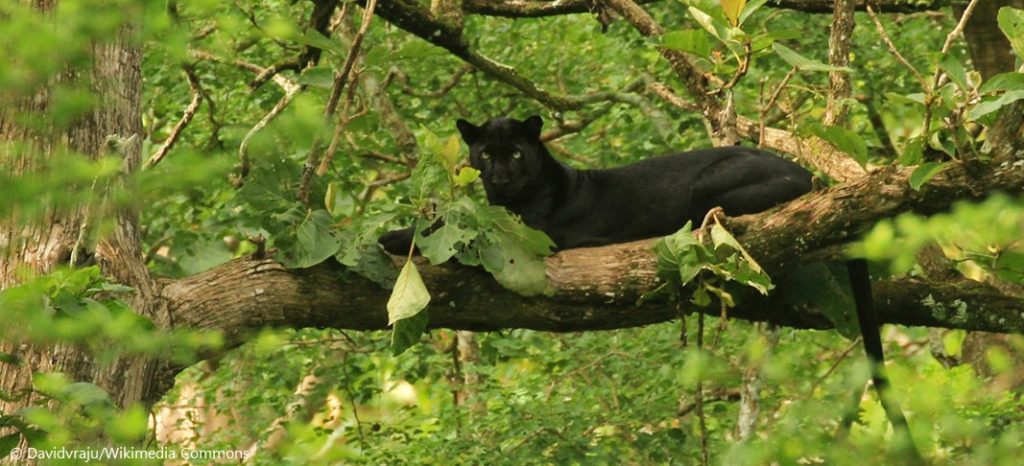
6. Say No to Flash Photography
At night, a bright flash can temporarily blind nocturnal animals like owls or civets. In Maharashtra’s forests, owlets have been known to fall off branches when startled by flashlights. Instead, try shooting with natural light or low-light settings on your camera. It makes your photographs feel more authentic and ensures the animal’s safety.
7. Camouflage Yourself, Not the Scene
Blend into the environment by wearing neutral-coloured clothes—greens, browns, and greys. In birding hotspots like Sattal in Uttarakhand, bird photographers sit quietly in camouflage, becoming part of the forest. The less you stand out, the more relaxed animals feel around you, and the more natural your shots will be.
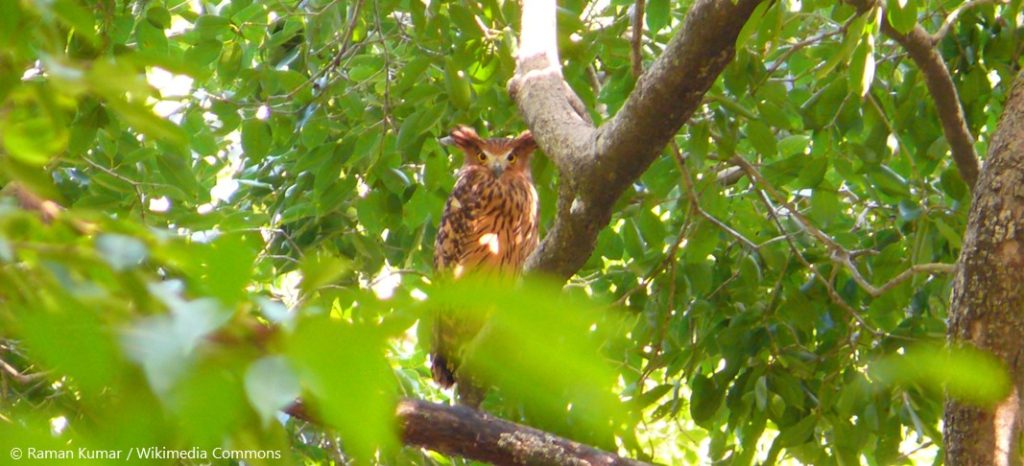
8. Never Use Tricks or Traps
Unfortunately, some unethical practices creep into nature photography, like using recorded bird calls to lure them closer, scattering food, or even using sticky substances to keep insects in place. These methods alter animal behaviour, stress them out, and are considered animal cruelty. For instance, playing owl calls repeatedly at night can confuse and disorient these nocturnal hunters. A true ethical photographer relies on skill, not shortcuts.
Ethical nature photography is about capturing moments without taking anything away. When you look back at your images—a snake slithering across the forest floor in the Western Ghats, or a peacock dancing in the first monsoon rains—you’ll know they were real, unaltered, and respectful of the subject.
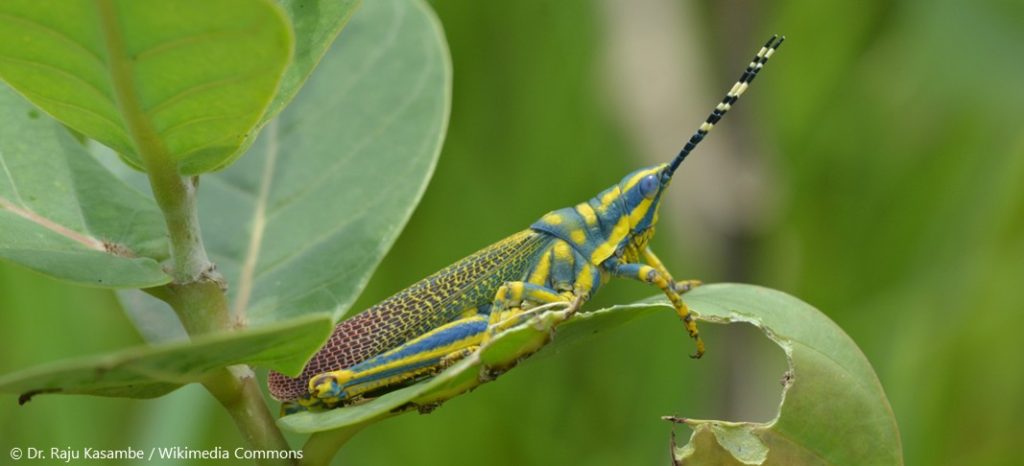
Your Ethical Photography Challenge!
This World Photography Day, put your skills (and ethics!) to the test. Step outside, observe closely, and capture the natural world around you—without disturbing it.
Theme: Everyday Nature in Your Surroundings
Here’s how to participate:
- Look for birds, insects, plants, or even patterns in leaves and clouds around you.
- Take one photograph based on the theme.
- Share it with us via this Google Form: SUBMIT HERE
- Tell us in a short caption how you ensured your photo was taken ethically.
The top 10 entries will win WWF-India merch coupon codes and a special shoutout on OPA’s social media!













buy number with crypto
I’ve been exploring https://terpenewarehouse.com/collections/terpenes-for-anxiety recently, and I’m deep down enjoying the experience. The scents are rich, typical, and pleasant. They add a outgoing touch to my always habit, plateful fasten on the mood and atmosphere. A large catch sight of to save anyone who appreciates savoury wellness tools.